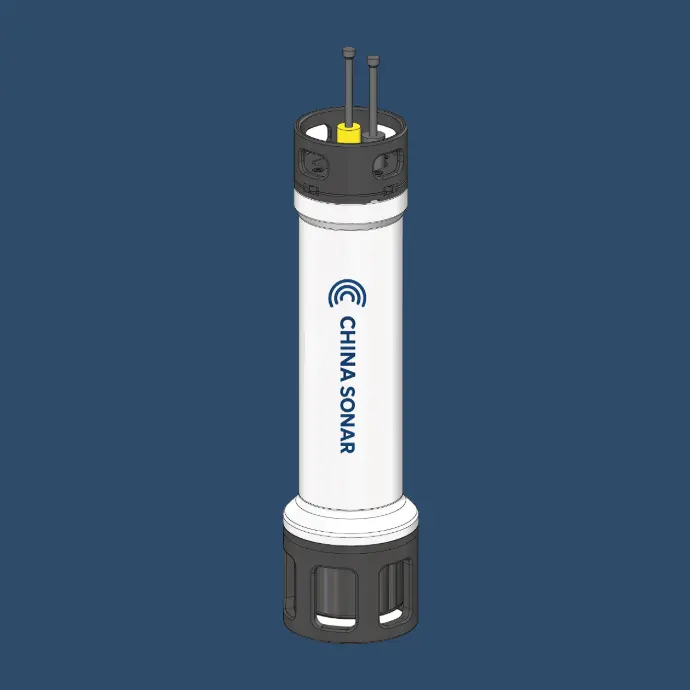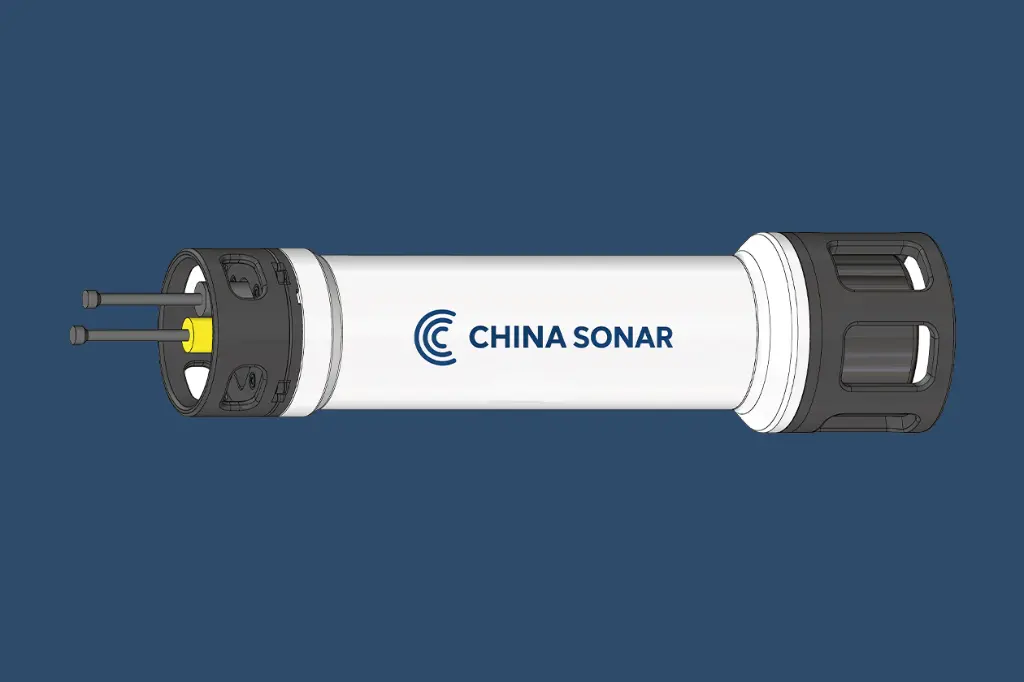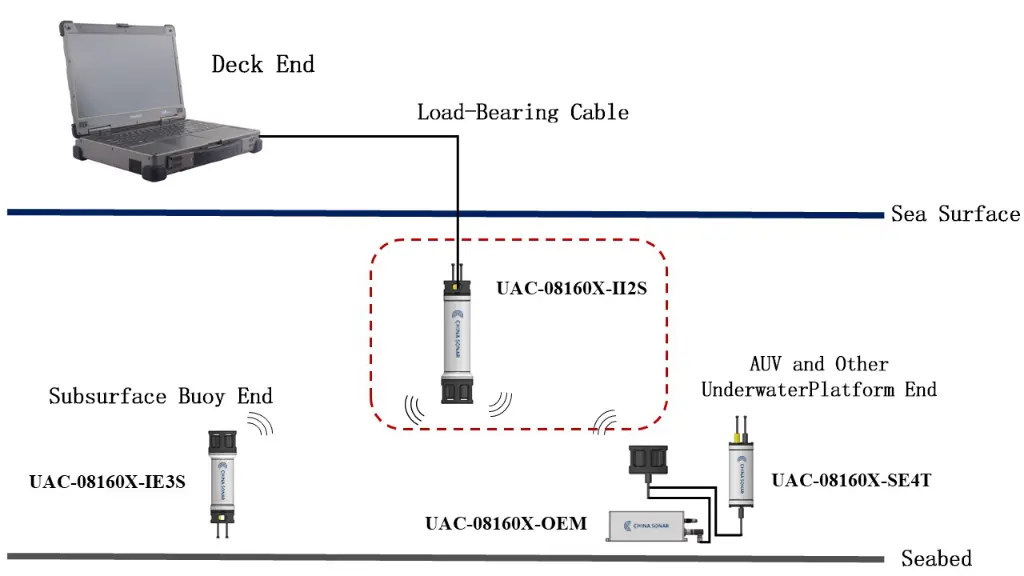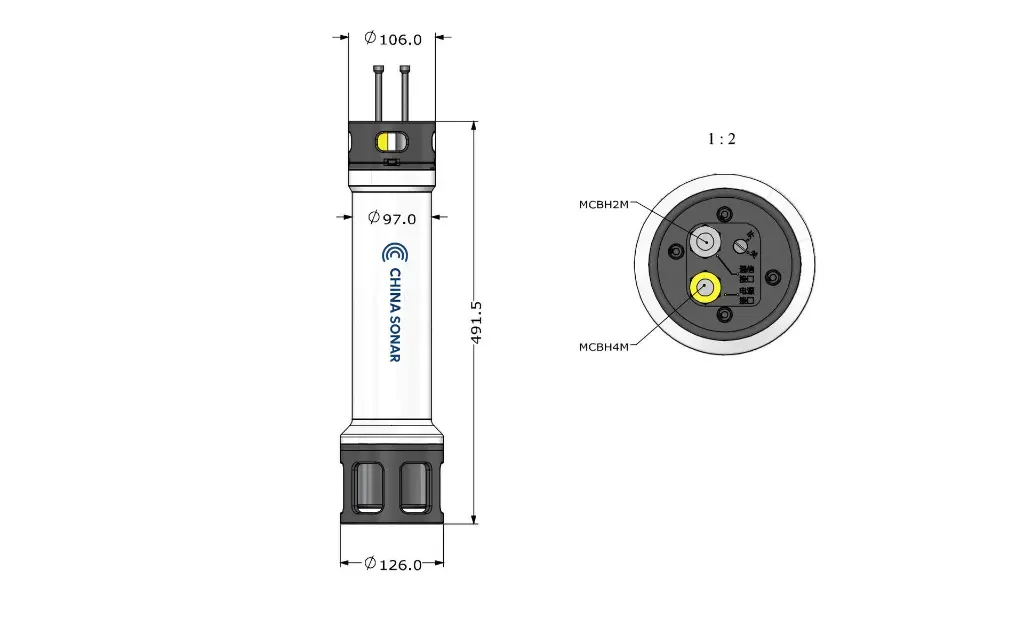UAC-08160X-II2S
Underwater Acoustic Communication
Key Features
- Flexible Deployment – Delivered with a standard 50 m bearing cable (supports 30 m depth, 4.5 MPa rated). Optional extended cables allow deeper deployment.
- User-Friendly Operation – Configurable via upper-level control software with USB-to-RS485 interface.
- Built-in Battery Power – Equipped with a 7Ah@24V battery, supporting approx. 8 hours per charge (8h reception + 1h max power transmission).
- Reliable Long-Range Communication – Effective communication range up to 10 km with a maximum data rate of 4 kbps (BER 10⁻⁴).
- Compact & Portable – Easy to transport and operate, ideal for temporary deployments and offshore field missions.
Specifications
Applications
· AUV & USV communication links
· Buoy data transmission systems
· Oceanographic research & environmental monitoring
· Subsea sensor networks
· Offshore engineering and temporary field deployment
Application Diagram
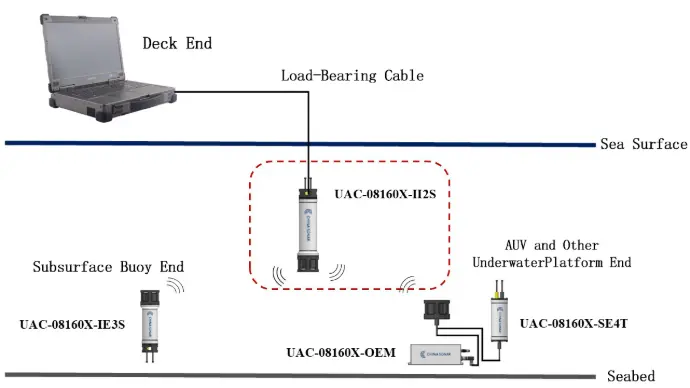
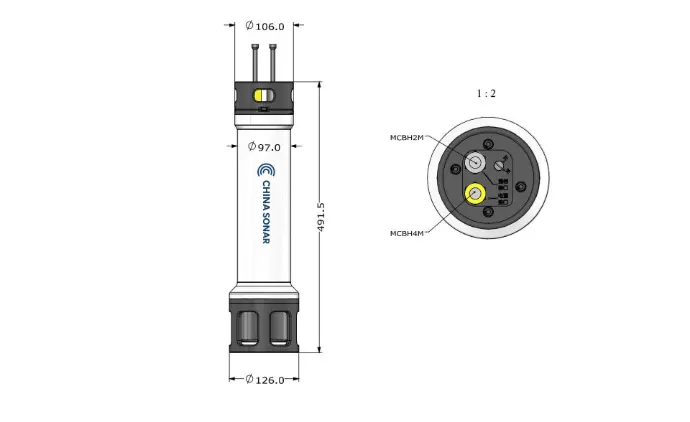
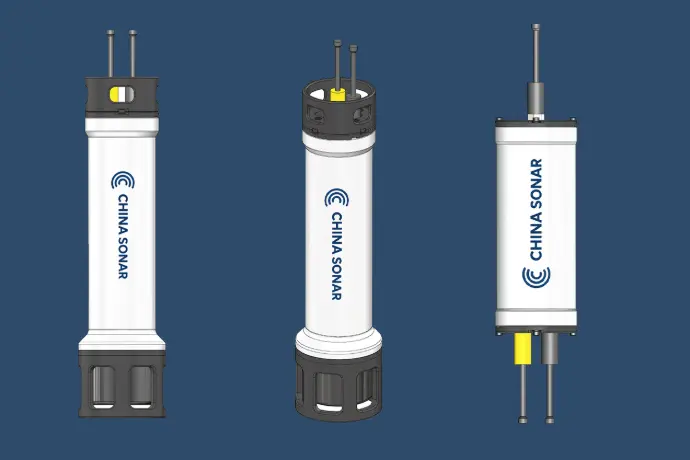
Explore the UAC-08160X Series
The UAC-08160X Series includes the portable II2S, the 3000 m-rated IE3S, the 6000 m deep-sea SE4T, and the highly integrable OEM system solution. Whether for shallow-water trials, coastal monitoring, or deep-sea engineering and system integration, the UAC-08160X Series delivers reliable performance for diverse underwater acoustic communication needs.
Related Products
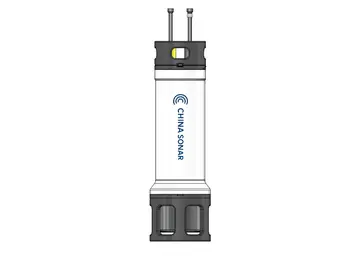
UAC-08160X-IE3S
Frequency: 8kHz-16kHz
Communication Distance: 10km
Communication Rate:100-4kbps
Bit Error Rate:
10⁻⁴
Operating Range: 4000m
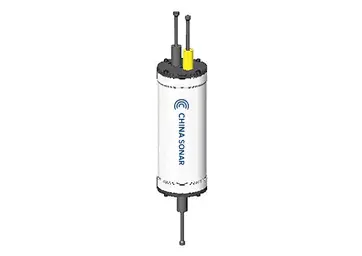
UAC-08160X-SE4T
Frequency: 8kHz-16kHz
Communication Distance: 10km
Communication Rate:100-4kbps
Bit Error Rate:
10⁻⁴
Operating Range: 6000m
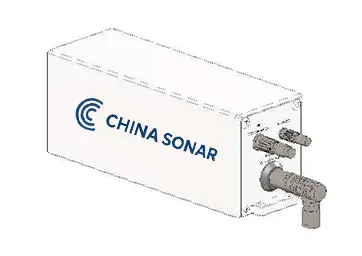
UAC-08160X-OEM
Frequency: 8kHz-16kHz
Communication Distance: 10km
Communication Rate:100-4kbps
Bit Error Rate:
10⁻⁴
Operating Range: ≤6000m
How the UAC-08160X-II2S Works
The UAC-08160X-II2S is an underwater acoustic Communication designed to enable reliable long-range data transmission under water—where radio frequency (RF) and optical signals fail. Below is a breakdown of its working principle:
Signal Conversion & Modulation
- Data from surface platforms, buoys, autonomous underwater vehicles (AUVs), or subsea sensors are first digitized.
- The device uses modulation techniques such as MASS or SC-MPSK to encode digital information onto acoustic carriers in the frequency range of 8–16 kHz.
Transmission Through Water
- Once modulated, the sound waves are emitted into the water. These acoustic signals propagate over long ranges—up to 10 km under optimal conditions—with a bit error rate around 10⁻⁴ at data rates between 100 bps and 4 kbps.
- The device operates in half-duplex mode, alternating between transmitting and receiving.
Propagation Effects in the Underwater Environment
- As acoustic waves travel through seawater, they are influenced by environmental factors such as temperature, pressure (depth), and salinity.
- Multipath reflections from the sea surface and seabed cause delays and possible distortion; the UAC-08160X-II2S is engineered to tolerate these effects for stable signal reception.
Reception & Demodulation
- At the receiving end, a hydrophone captures the acoustic signal.
- The system then demodulates it (using the supported dual-mode modulation schemes) and reconstructs the original digital data for commands, sensing, or telemetry.
- The internal battery (7Ah @ 24V) supplies power to support about 8 hours of reception plus 1 hour of high-power transmission, ensuring autonomous subsea operation.
Deployment & Operational Parameters
- Maximum working depth is 300 m, giving robust subsea coverage for coastal, offshore, and oceanographic missions.
- Interfaces such as RS-485 / RS-232 / RS-422 allow control and data transfer via standard serial protocols.
